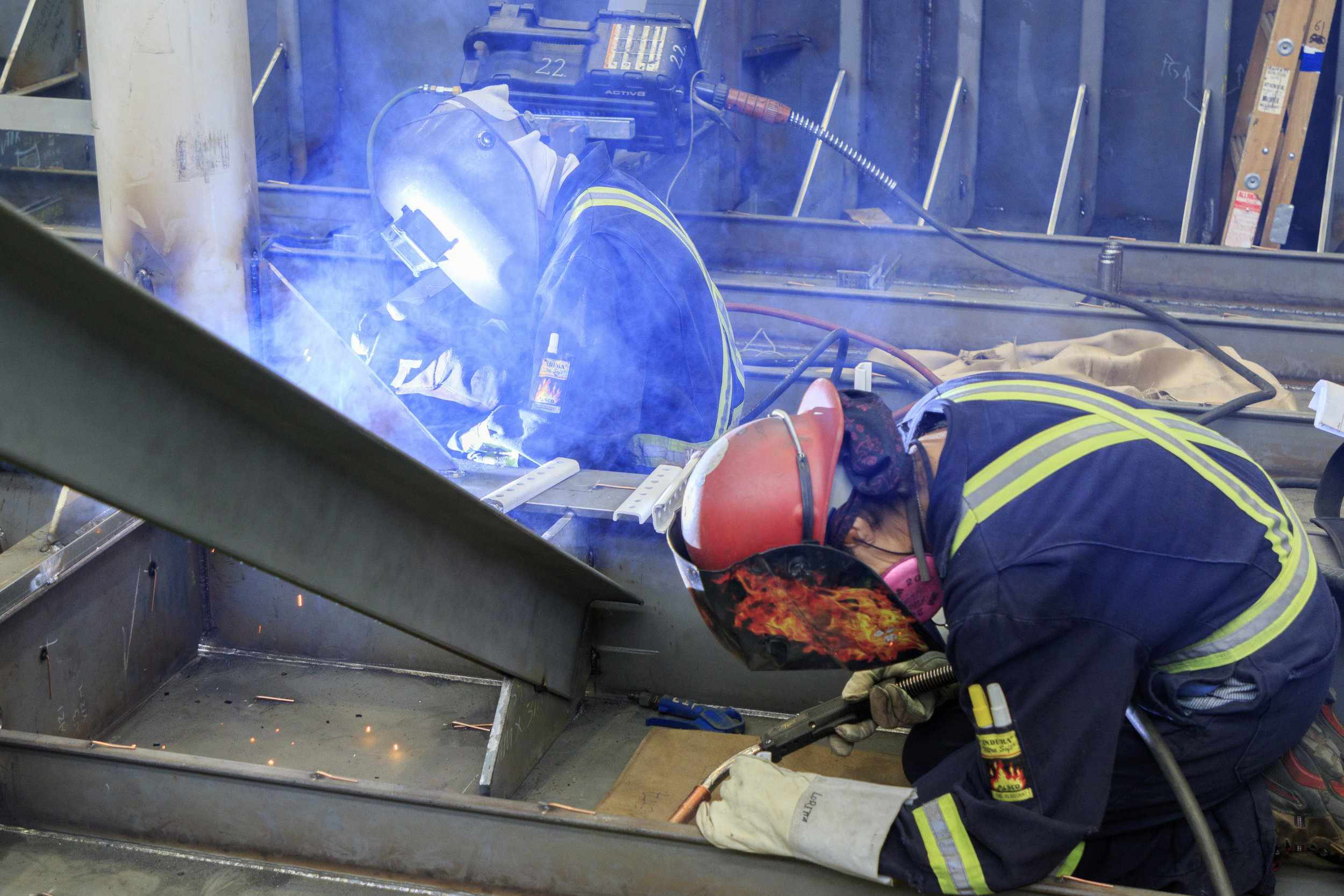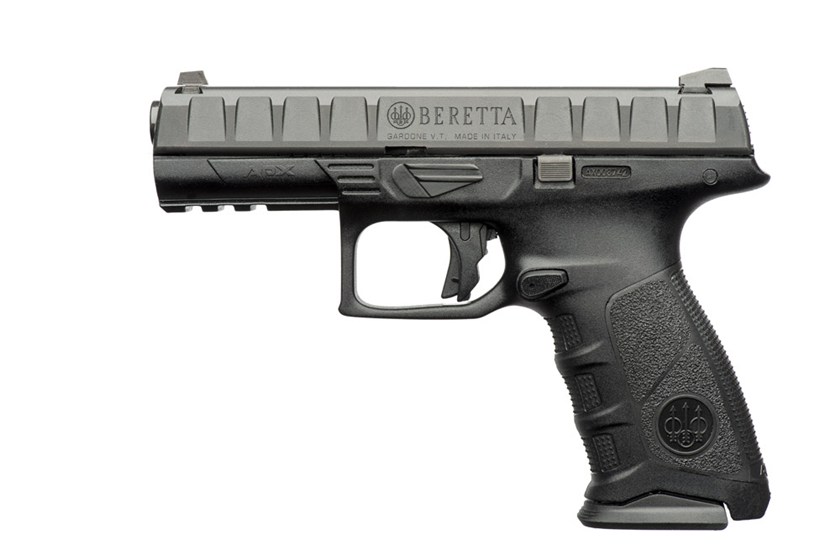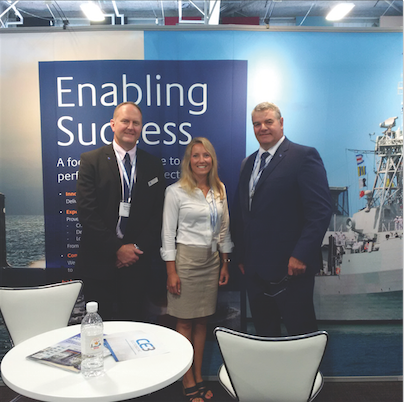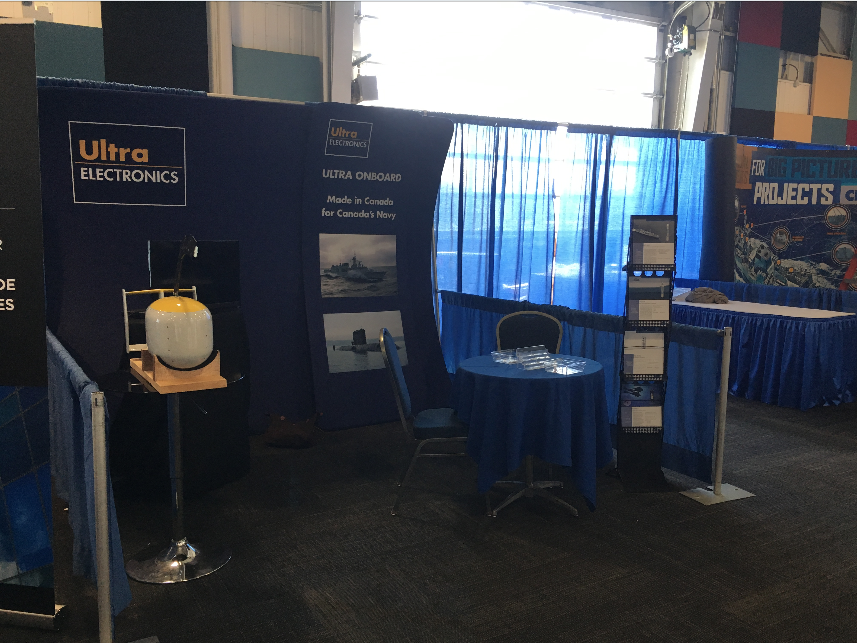(Volume 25-03)
By Jim Scott
With the competing bids to find a contractor for the Canadian Surface Combatants (CSC) programme submitted as of November 2017, it would seem we are “all ahead full” towards the goal of a modern, capable navy for many years to come. As is usual with such projects, companies create bids with an eye to proving to Canadian taxpayers that the money will not only be well spent, but mostly spent in Canada, with a requisite return to our economy.
Alion Canada gets that. They don’t build the ships. They leave that to century-old Irving Shipbuilding, but they do make sure the ship is designed and equipped to take advantage of the latest sensors and weapons systems and is able to integrate new technology in the years ahead.
Alion Canada was established in the Ottawa area in 2009 by parent company Alion Science and Technology Corporation, a major US defence and security player. Harking back to 1936, when Chicago’s Illinois Institute of Technology created a non-profit research arm, Alion has a lineage of successfully managing projects, delivering results and keeping naval assets operational. The US parent provided engineering and operational support to the USN’s Arleigh Burke-class destroyers and Ticonderoga-class guided missile cruisers and manages the maintenance schedule for 165 ships of the fleet.
Alion Canada presently has a core team of marine engineers, naval architects and system designers; which will no doubt grow in size with a successful bid. As Alion COO Bruce Samuelsen told Esprit de Corps after the bids were in, “Each decision we made for equipment selection and systems integration focused on delivering cost-effective solutions that meet the requirements while delivering robust Canadian content.” He says Alion and its partners “are actually creating high-value engineering and manufacturing jobs for Canadians”.
Alion Canada isn’t just a store front operation. Aside from involvement in the Joint Support Ship and Offshore Fisheries Science Vessel programmes, Alion, along with Vancouver’s Robert Allan Ltd., designed Australia’s MV Investigator, a science research vessel built in Singapore. In as much as every federal government for the last half century has re-iterated the need for a domestic ship-building industry on both coasts, it is clear that taxpayer value is best delivered with this sort of international cooperation.
Alion’s CSC bid is based on a proven design which can be handed over to Irving with minimal changes. The De Zeven Provincien LCF frigate, built by Damen Schelde Naval Shipbuilding in the Netherlands, has already proven itself in over a decade of operation. The next generation of RCN ships will replace the Iroquois-class destroyers as well as the Halifax-class frigates, so a naval architect has to contend with command-and-control, communications, fire power, integrated sensors, helicopter ops, anti-torpedo and anti-missile defence, configured for maximum effect in a single hull. Given the complexity of a modern warship, and the fact that Canadian governments only engage in naval shipbuilding every twenty or so years, it only makes sense to take what is already working and tailor it to Canadian needs rather than starting from scratch.
Samuelsen compared designing a ship to drawing up plans for a small city, then dropping that city on the open ocean. Miles of wiring and piping, a hotel load for electronics and living quarters, fresh water and food storage, fuel storage and consumption, stocking and delivering of various munitions to various weapons systems, and all the while the vessel has to see, but not be seen by, an enemy intent on its destruction. It is no wonder that it takes so long to acquire a ship, and there is no question it has to be done right.
Aside from their own resources, and those of their US parent, Alion has enlisted the expertise of top-flight suppliers to kit out their proposed warship. ATLAS Elektronik will supply the open architecture combat management system (CMS) utilizing existing (and upgradeable) Hensoldt Sensors radars. L3 Technologies Canada, Raytheon Canada Ltd., DRS Technologies Canada Ltd. and Rheinmetall Canada Inc. will add their world-class weapons and systems.
With a budget projected at $60 billion (up from an original budget of $24 billion), this is sure to be the single greatest expenditure in the history of Canadian defence procurement. Thankfully, Canada can rely on the advice and experience of her allies, and the proven expertise of successful companies such as Alion. Whether the present government is fully committed to 15 ships with the capabilities the RCN seeks remains to be seen. Given today’s geopolitics, the case can be made that the need for robust seapower has never been greater.



























































